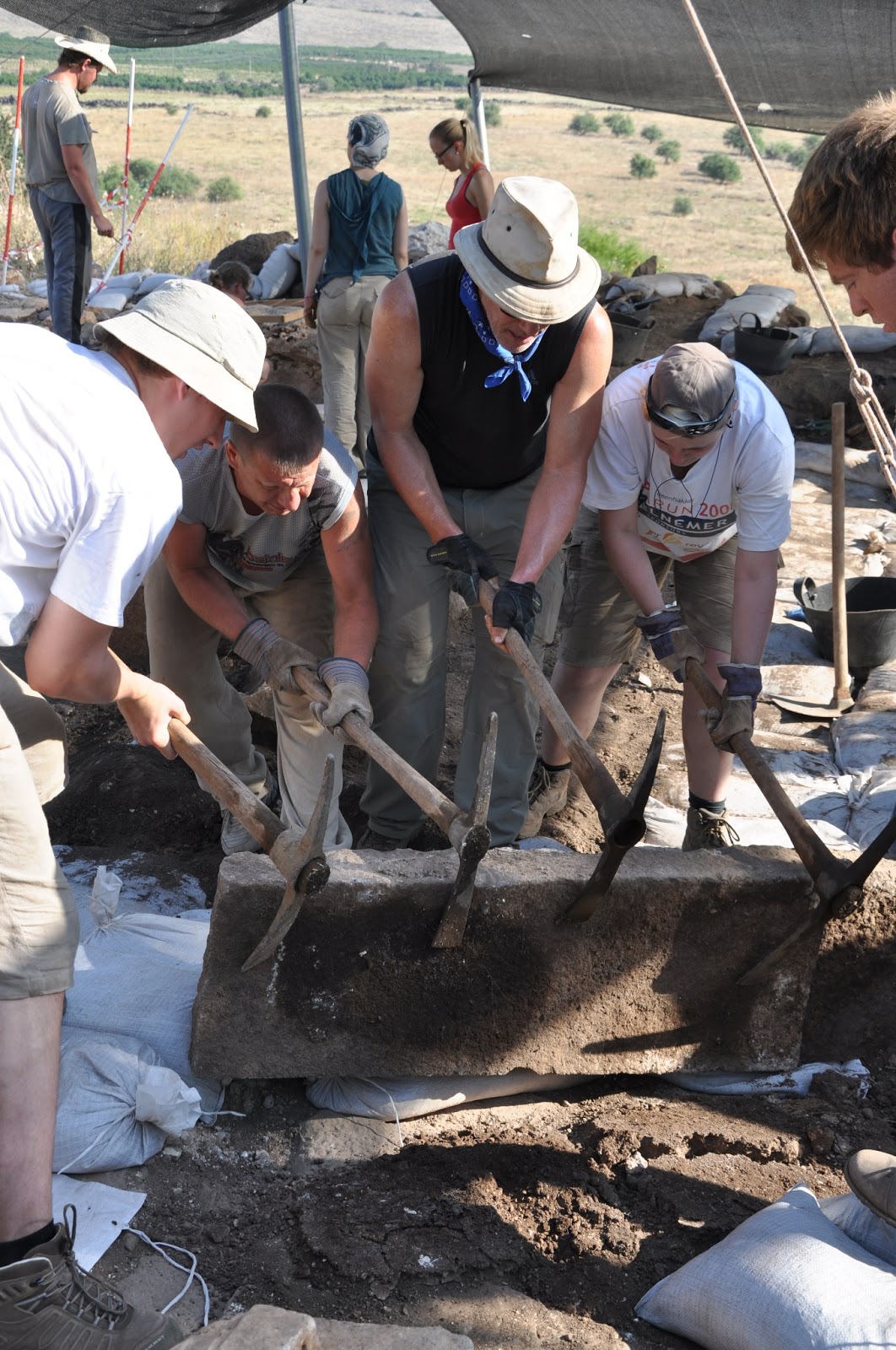The Lost Dutchman is gone again. Usually I keep
this blog for my excavation trips to Israel, but this time I’ll keep you posted
about my trip to the USA. “What does that have to do with Archaeology?” you
might be asking yourselves. Well, it does provide me the opportunity to catch
up with some of my American friends down in South Carolina. There’s also the
chance that we’ll be visiting some sites in Mexico, but that’s not really
connected to the work in Israel.
Anyway, let’s get back to Saturday: Thanks to
an ‘inside source’ – who shall remain nameless – we didn’t get jumped by the
fact that our plane was delayed. It still sucked, but at least we knew it was
going to. We changed in Dublin, where it turned out that it really didn’t
matter much because there were more connections coming in behind us. To top it
off I managed to score the ‘most awkward moment’ when was seated next to a girl
with a perfect British accent on a seven-hour flight. What exchanges we had are
straight British vs American. Five hours into the flight, we actually get to
proper talking and we figure out that we’re both Dutch. Five hours of fooling
each other without actually knowing it. To top it off I realized I didn’t even
know who I was talking to until we buckled up for the landing in Newark.
 |
| Le wild Jeff Koons appears... |
The next day we managed to make our visit to
New York a mental rollercoaster. Starting off we went to the 9/11 memorial. Now
I’m not someone who immediately started waving flags and going all “we have to
support the USA, ‘cuz freedom” during that fateful day in 2001. It’s simply not
in my nature to jump onto something like that, not in the last place because it
happened 20,000 miles away. However, visiting the memorial and seeing all those
names does make you realize just how horrible and tragic the whole affair was.
Reading about whole teams of firefighters being wiped out; seeing how many
people of all origins died; reading that at least three unborn children were
among the casualties…it does something to you. We took the time to visit some
of the places in the neighborhood, like St. Paul’s Chapel. Perhaps the most
moving is the mementos, the ‘offerings’ that people left there from all over
the world. It’s not a feeling that can be described in a few words.
 |
| Overlooking the South Memorial Pool |
We decided to stack onto all that with a visit
to the Guggenheim museum. Out in front was a section of the New York Marathon,
so we joined in cheering on people who think that running for a very long time
is a good way to freeze your legs off before the snows hit. The Guggenheim
itself had a mixture of modern art on display, running from the ‘classical’ to
the ‘contemporary’. As if all racking our brains wasn’t challenging enough, we
layered on some vertigo at the Empire State Building. It ain’t cheap going up
there, but was the view ever worth it: thousands of city lights as far as the
eye can see. It was a good end to a first day in the USA.
 |
| Go for the architecture, stay for the art. |
The next day we drove up North to cross the
border with Canada for a visit to Niagara Falls. I got my first taste of
driving an automatic gearbox under American road laws. Considering that everyone
is still alive and the car doesn’t look noticeably worse for wear, I’d say it
was successful. Niagara Falls itself is a pretty impressive feat of momma
nature, throwing up columns of evaporating water that can be seen for miles.
The sheer scale of the thing and the amounts of water coming down leave a
lasting impressing.
 |
| "Maid of the Mist" |
So there’s three days of visiting the USA. It’s
taking some getting used to the way things work in the US: All mediums are
large by European standards and some things that are nigh impossible to find in
Europe can be bought without so much as a hiccup over here. Next on the
schedule is a trip to Lady Liberty and then we are southbound for Atlanta,
South Carolina and Florida. I’m looking forward to the warmer weather.
 |
| New York, New York! |
Signing off,
The Lost Dutchman


















